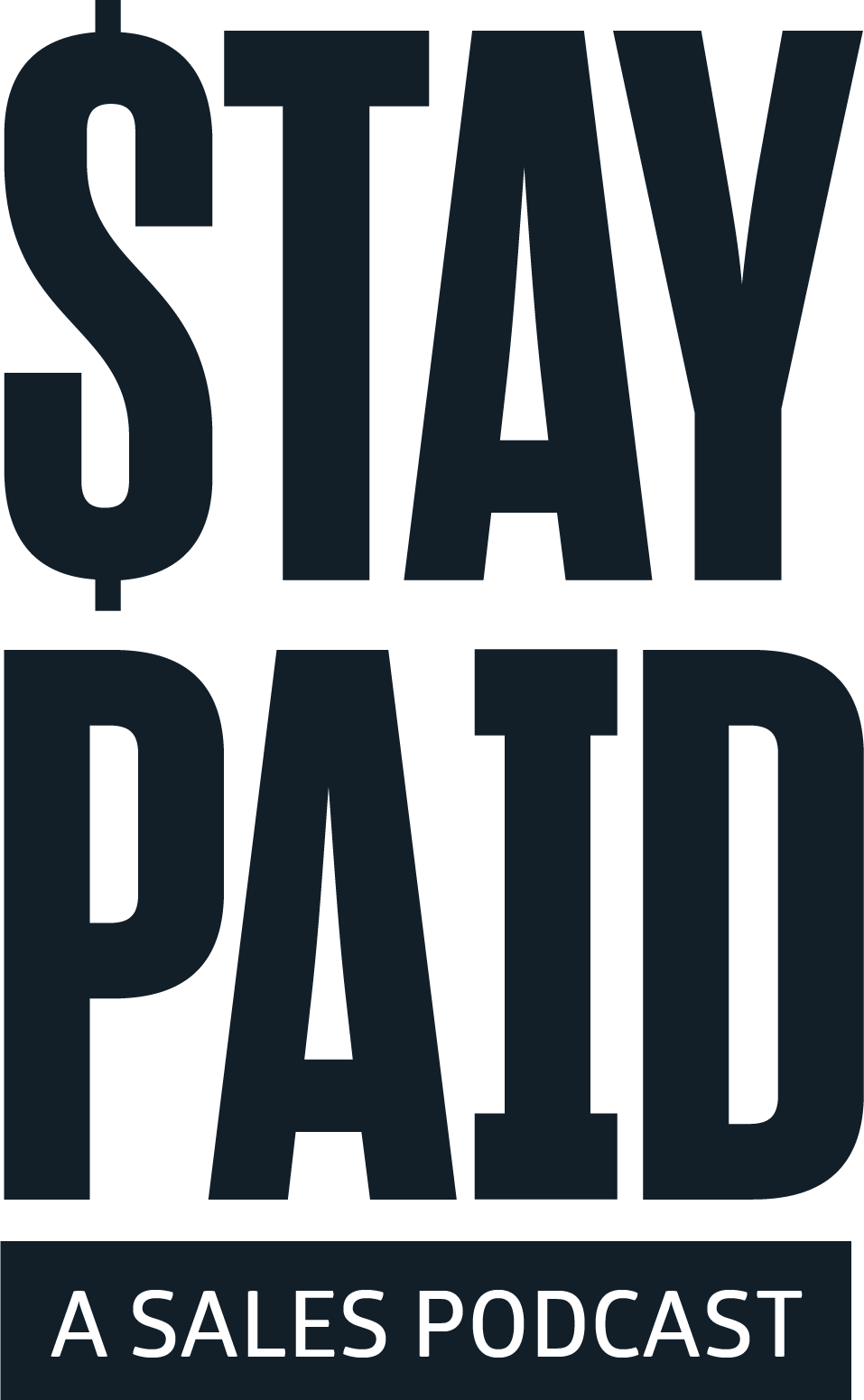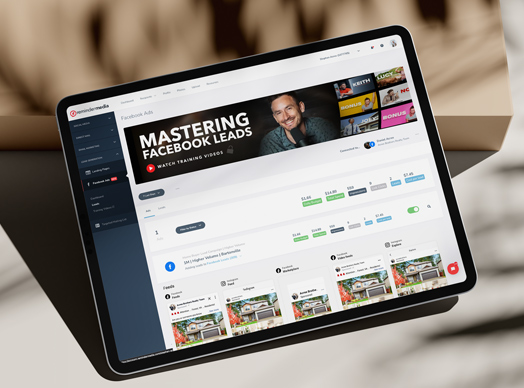Farming is one of the most effective strategies you can use to zone in on a target market and become the dominant real estate agent in a specific area or with a specific demographic. While many have mastered the basics of farming, agents can get better results from farming by avoiding common mistakes and remembering to implement strategies that truly work. Proper farming will help you generate leads and establish yourself as the top real estate agent in a specific area or amongst a certain group.
DO scout out the market

Ideally, you’re farming a neighborhood you either live in or already know very well. When farming, researching online for the neighborhood you’re targeting isn’t enough. It pays off to physically visit the geographic area that you’re farming. Use the internet for preparation rather than for all of your research. Before you visit the neighborhood, find out what homes are on the market, which have expired, and which have sold in the last year or two.
After doing research, you should actually visit the town or neighborhood. Take note of important landmarks or features of the neighborhood. This will help you become familiar with the area and give you the chance to post video tours in a professional Facebook group for your target market.
DON’T only farm at a specific time of year
One of the biggest differences between farming and other prospecting methods is that farming requires patience. For example, it’s common for agents to prospect in January and think they’ve done enough. During this time of change after the holidays, it makes sense that this could be a good time to sell. However, farming is about consistency and repetition. You’re aiming for brand recognition, which doesn’t happen overnight. In fact, agents typically need to farm consistently for a year before seeing substantial results.
DO create a neighborhood website

Even if you already have a Facebook group for the segment you’re farming—which you should—you should still have a neighborhood website that you can list in the “About” section of your Facebook page and include in your marketing materials. The website should include market data and information about the area you’re farming. Having a polished, professional website will help you establish yourself as an expert in your area.
DON’T just focus on sellers
It’s important to give buyers the same attention as you give sellers. If you connect with buyers, you gain credibility when you’re marketing to sellers due to your past successes. Plus, when you send out “Just Listed” postcards, you’re reaching out to interested buyers.
DO combine tangible and digital marketing pieces

Using social media and other forms of digital marketing¾like your website and targeted online ads is helpful, but it’s also important to provide the people in the area you’re farming with tangible marketing materials. It takes much less effort for your target market to mentally process tangible marketing materials that they can hold in their hands and therefore people are much more likely to recall brands from direct mail advertisements than from digital advertisements. If you already send out American Lifestyle magazine or Start Healthy magazine to help with referrals and repeat business, you can now send ReminderMedia postcards to help with your farming strategies.
DON’T waste money marketing to people outside of your target
If you have the budget to farm an entire neighborhood or any targeted area, you can keep using this strategy to build recognition and generate leads. However, if you’re trying to save money, don’t waste it sending materials to people when your business isn’t relevant to them. For example, people who have newly bought or sold homes are unlikely to be in the market for buying or selling a new home. You should try to get referrals from these groups instead, using tools like American Lifestyle magazine or Start Healthy magazine.
Download a PDF sample of American Lifestyle to stay in touch with past clients.
To save money, only send your farming-specific marketing materials to people who have owned their homes for at least a few years, which you can determine from the research you’ve done on your farming area.
DO include multiple forms of contact information

On both digital and tangible marketing materials, you should make sure to include your phone number, email address, and website information. Some of your target market is more likely to contact you online through a message or email. Others are more likely to pick up the phone and call you for more information about your business. You want to make yourself accessible to members of the market who have all different tendencies.
Whether you’ve already begun farming or you’d like to start farming a new area, avoid the common pitfalls mentioned above and focus instead on what works.

















